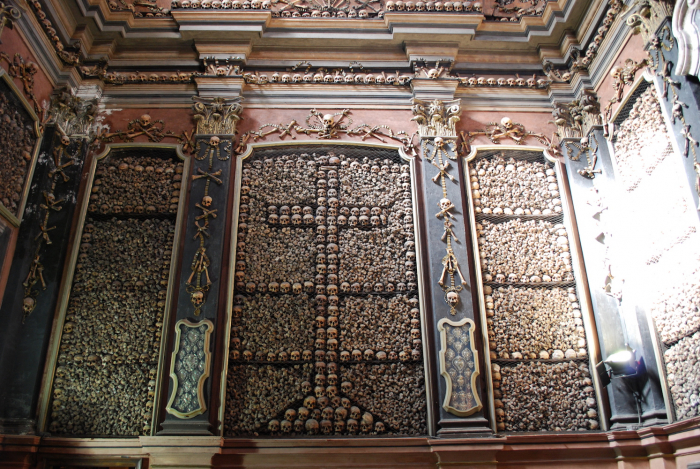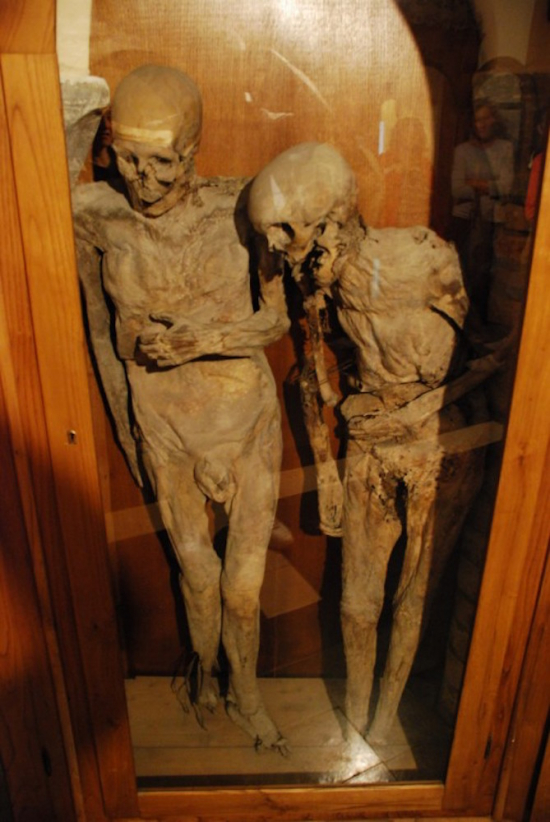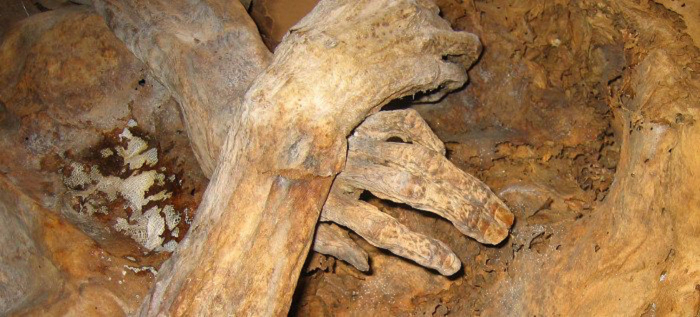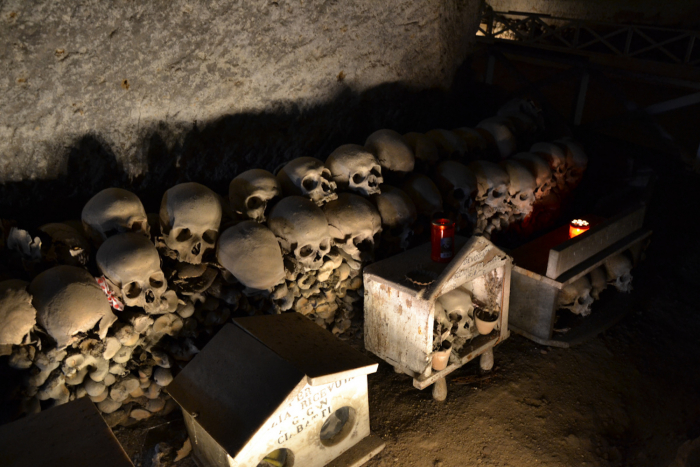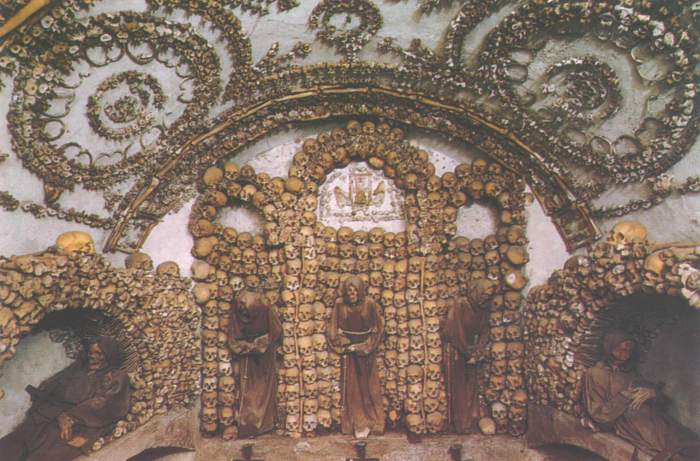Italian holidays are synonymous with sun, sea and fine food.
When holidays approach, our mind is likely to develop a peculiar desire for idleness, for a “vacation” in the etymological sense: we usually look for that kind of tourism that promises us the void, the clearance of our inner rooms from the odds and ends of our exhausting thoughts. And, while foreign tourists queue outside the Uffizi gallery, we Italians – that flatter ourselves we know this wonderful land of culture by heart – prefer to devote our time to sun-tan.
This year, Bizzarro Bazar travel agency suggests you to integrate your usual fun-and-relax destinations with some nice and morbid detours: after all, Italy is also one of the countries that offer the most to the explorers of the uncommon, it is a land where the macabre and the troubling unexpectedly lurk around every corner.
So guys, between a swim in the pool and a shrimp cocktail, what about admiring some corpses?
Here follows a very short (and, for reasons of force majeure, incomplete) touring guide to the “skeletal” sights of our beautiful country.
MILANO - Chiesa di San Bernardino alle Ossa (bone church)
In the centre of Milan, a few steps away from the Cathedral, the bone church of San Bernardino preserves a Seventeenth century ossuary of rare beauty. The vault frescoed by Sebastiano Ricci, as flamboyant and colourful as it is, does not distract our attention from the thousands human bones covering the four walls, columns and doors included. Skulls and bones are arranged in a decorative way, often in the form of crosses and other geometric shapes, creating an impressive and moving whole that reminds of the transience of life and the inexorable passing of time.
VENZONE (UDINE) - Saint Michael’s Cemetery Chapel
In this small fortified town in the Italian region of Friuli, in the middle of the Friulian Dolomites, you can admire five out of the almost forty mummies that were found in the Nineteenth century. Once very famous (Napoleon wanted to see them in person), these mummies have a particular feature: they are not artificially “treated” bodies, but the result of a rare case of natural mummification. These bodies have never decomposed thanks to a fungus that vegetates in
the graves of the Cathedral, a parasitic mould that can dry up a corpse in the course of a year and make the skin parchmenty.
ROMA - Church of Saint Mary Immaculate
In Via Veneto, the street of celebrities, there are still remembrances of the dolce vita; but just on the other side of the road, opposite the restaurants, you don’t contemplate life but the inevitability of death. The Capuchins’ Crypt is an absolute jewel, a place of meditation and appealing charm. The bones of 4000 friars decorate the six small and silent chapels in a baroque blaze of symbolism, allegories and gruesome ornaments: skulls sided by scapulae that look like wings, chandeliers made of ribs and other bones, canopies of pelvises, pendants of vertebras, rosettes of jawbones and sacrums… the Crypt is a memento mori of rare and unusual beauty.
NAPOLI - Fontanelle Cemetery
Situated in the heart of the Rione Sanità, the Fontanelle Cemetery is one of the most unique and magical places in Naples, where popular traditions are interwoven with the sense of the sacred. More than 40,000 human remains cram the ancient cemetery, object of popular devotion since 1800; the cult of the pezzentelle (miser) souls, the ones of the nameless skulls, over time has led to real “adoptions”. Namely, some skulls were given a name, a personal (often fanciful) story and a group of merciful believers that polish them, build altars to shelter them, keep them company and, sometimes, ask them for grace or some lottery numbers.
PALERMO - Catacombs of the Capuchins
There is no place in the world like the Catacombs of the Capuchins in Palermo. After having descended the stairs, still hot because of the Sicilian sun, in the dry cool of the underground, you get a powerful and formidable sight, atrocious and wonderful at the same time: the mummified bodies lay around the tunnel’s wall, still wearing their clothes, an endless row where the eyes get lost. There are around 8000 mummies here. It is the accumulation that stuns you, as you walk and see the lowered jawbones and the empty eyeholes that seem to stare at you. At first you will try to say a few words to the people with you, then silence will take over: the anguish will be replaced by a strange sense of peace. And, at the end of the most remote of the tunnels, you find the “most beautiful mummy in the world”, that of little Rosalia Lombardo that has been lying for almost a century in her small coffin and really seems to be only sleeping.
URBANIA (PESARO/URBINO) - The Church of the Dead
The same fungus responsible for Venzone’s mummies is also believed to be the secret author of the perfect preservation of the 15 natural mummies in the Church of the Dead in Urbania, in the Italian region of Marche. Standing inside glass displays, the desiccated corpses still tell dreadful stories: here is a young man stabbed during a dance – the laceration left by the blade is still visible – a bit farther you can see the body of a hanged man; and the legend tells that one of the mummies was a man who resuscitated in the coffin after apparent death.

